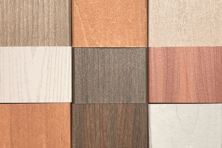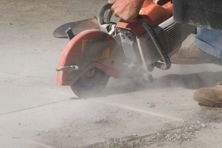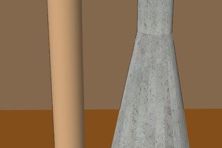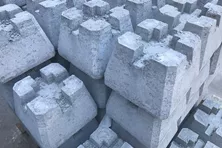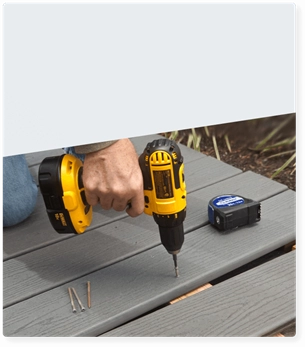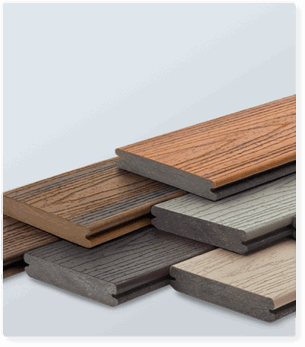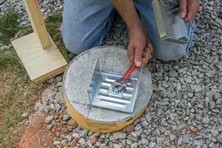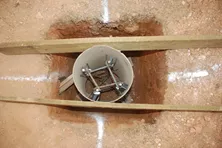Bark Side Up vs. Best Side Up
Usually, the best policy to use for surfacing an attractive wood floor is to always expose the best side of the board. If your deck boards are wet, some carpenters prefer to install them bark side up to prevent cupping. This technique will orientate the visible growth rings in a downward arc like a dome to eliminate any protruding corners and allow water to run off the boards. Another reason to install the decking bark side up is because the pith side is prone to shelling, especially in trees that have dense latewood growth rings like southern pine. As a general rule, the drier the decking, the fewer problems you will have no matter how you install it. Also, consider that there is more sapwood on the bark side of a board, and sapwood more easily accepts stains than heartwood. We recommend you consult with your lumber supplier for a recommendation based on the species of wood and the climate in your region.
Capped Composite Decking
What is capped composite decking? It's a great option if you like the look of wood but not the maintenance. Learn about capped composite at Decks.com.
Deck Screws vs Wood Screws
Your guide to understanding the differences between wood deck screws and composite deck screws.
Cutting a Concrete Pad
Learn how to use a concrete saw to cut a hole in a patio slab to install a deck footing.
Monolithic Pier
Compare the pros and cons of installing a solid concrete deck footing using a cardboard tube or engineered forms.
Can I use pier blocks?
Our inspector explains the pros and cons of using pier blocks for deck foundations.
More Helpful Resources
Explore Articles by Topic
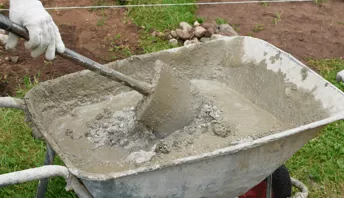
Footings
Information related to installing frost footings for decks
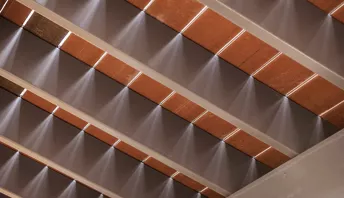
Framing
Learn structural framing methods
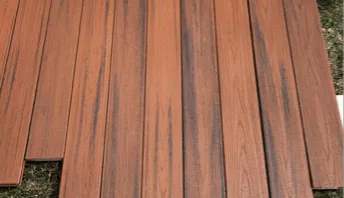
Decking
Learn about wood and composite decking materials
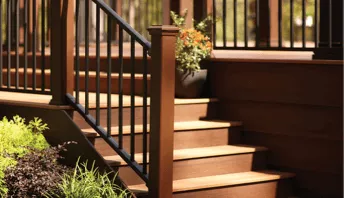
Stairs
An in-depth look at the complex issue of how to build stairs
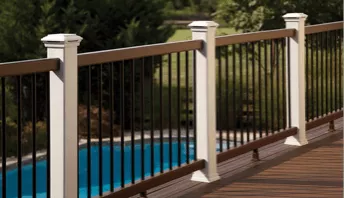
Railings
How to install guardrails and handrails to meet IRC code

Features
An overview on water drainage, benches, planters and lights

Design
The basics of deck design
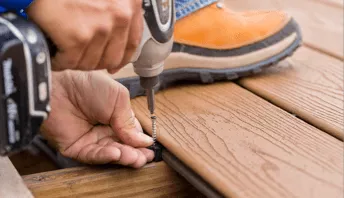
Planning
Learn about permits and working with contractors

Porches & Patios
Build a covered deck to enjoy all seasons
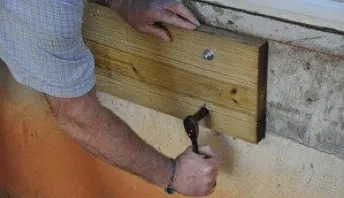
Ledger
Proper attachment techniques
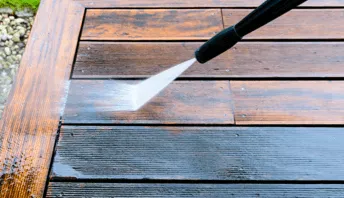
Care
Maintain your deck to maintain your investment

Materials
An overview on water drainage, benches, planters and lights
Is Trex Decking Worth the Investment? Expert Insights and Reviews
Discover why Trex decking is worth the investment. Learn about its durability, low maintenance, eco-friendliness, and the long-term value it adds to your home.
Evergrain
Evergrain composite decking is manufactured by Epoch Composite Products in Lamar, MO.
Veranda
Veranda composite decking is manufactured by Louisiana Pacific Corp. in Franklin, TN for Home Depot.
How many footings do I need?
Avoid a wobbly deck! Learn how to calculate the right number of footings to keep your structure safe and solid.
Protecting From Collapse
Learn how to use cardboard sonotubes and hole covers to protect your deck footing holes from caving in and flooding before pouring concrete.
Deck Bracing
Learn how to install knee bracing in-between your deck support posts to provide extra strength against high winds and to prevent racking forces for tall decks.
Explore Articles by Topic

Footings
Information related to installing frost footings for decks

Framing
Learn structural framing methods

Decking
Learn about wood and composite decking materials

Stairs
An in-depth look at the complex issue of how to build stairs

Railings
How to install guardrails and handrails to meet IRC code

Features
An overview on water drainage, benches, planters and lights

Design
The basics of deck design

Planning
Learn about permits and working with contractors

Porches & Patios
Build a covered deck to enjoy all seasons

Ledger
Proper attachment techniques

Care
Maintain your deck to maintain your investment

Materials
An overview on water drainage, benches, planters and lights




